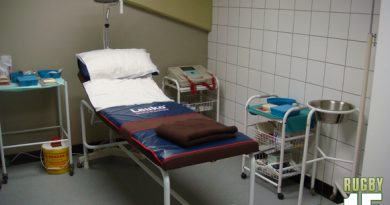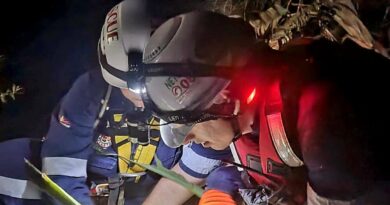Is it iron deficiency or anaemia?
Iron is an essential mineral in preserving our overall health and wellbeing. It aids in forming red blood cells, facilitates the transportation of oxygen throughout the body, and has numerous other vital functions. However, when disruptions occur, patients often grapple with distinguishing between whether they have “iron deficiency” or “anaemia.” Here are some fundamental differences:
Iron deficiency usually leads to anaemia
Iron deficiency is a condition that precedes anaemia and is characterised by insufficient iron levels in the body, resulting in a depletion of iron stores. It manifests in three stages: depletion of iron stores, reduction in the body’s iron levels, and eventually, anaemia. The body’s iron stores gradually deplete in the early stages, often without noticeable symptoms. As the deficiency progresses, the body’s iron levels decrease further due to reduced ferritin, a protein that stores iron. Symptoms may become more evident, including pale skin, brittle nails, and coldness. Pregnant women are at a higher risk due to the need for iron to support their growing fetus and increased blood volume. Other factors include conditions like Celiac disease and inflammatory bowel disease, which interfere with iron absorption, and genetic factors or underlying health issues that hinder efficient iron utilisation in the body.
Anaemia represents the advanced stage of iron deficiency where the body’s iron levels plummet to critically low, resulting in a significant reduction in red blood cell production or oxygen transport. Common symptoms include extreme fatigue, weakness, shortness of breath, dizziness, pale skin, and heart palpitations. Other forms of anaemia include vitamin deficiencies, chronic diseases, inherited conditions, and bone marrow disorders. The progression from iron deficiency to anaemia depends on factors such as the underlying cause, an individual’s overall health, and their ability to address the deficit through dietary changes or iron supplementation.
Anaemia without iron deficiency is also possible
Remarkably, anaemia can exist without iron deficiency, as certain types of anaemia do not result from an iron shortage:
– Vitamin-Deficiency Anaemia: Anaemia can arise from a deficiency in specific vitamins, such as B12 or folic acid. Vitamin B12 is essential for producing red blood cells, and its deficiency can lead to megaloblastic anaemia.
– Haemolytic Anaemia: Haemolytic anaemia occurs when the body destroys red blood cells faster than it can generate red blood cells. It can be due to inherited conditions or autoimmune disorders.
– Aplastic Anaemia: Aplastic anaemia is a rare yet severe form of anaemia wherein the bone marrow fails to produce adequate blood cells, including red blood cells.
– Chronic Diseases: Conditions such as chronic kidney disease, inflammatory disorders, and certain cancers can lead to anaemia.
– Hemoglobinopathies: Hemoglobinopathies are genetic conditions affecting the structure of haemoglobin in red blood cells. Conditions like sickle cell anaemia and thalassemia represent types of anaemia not caused by iron deficiency.
Treatment and preventative strategies
Doctors take blood tests to measure haemoglobin levels and other relevant parameters. In cases of suspected iron deficiency, additional tests can evaluate serum ferritin levels, providing information about iron stores in the body. In cases of anaemia, identifying the underlying cause through further tests, such as bone marrow evaluation or vitamin deficiency testing, is imperative. Treatment involves dietary adjustments, incorporating iron-rich foods like red meat, poultry, fish, and fortified cereals. Doctors may recommend iron supplements in cases of severe deficiency. Addressing any source of blood loss or medical conditions contributing to the deficit is crucial. The treatment of anaemia varies depending on its underlying cause, with severe cases potentially requiring blood transfusions or bone marrow transplants.
To prevent iron deficiency and anaemia, adopt a healthy lifestyle by consuming an iron-rich diet rich in lean meats, poultry, fish, beans, lentils, tofu, dark leafy greens, and fortified cereals. For individuals at risk of specific vitamin deficiency and menstrual bleeding issues, consulting a healthcare professional is recommended. Strategies for managing iron deficiency include increasing dietary iron intake, taking iron supplements, or addressing the underlying cause.
Iron deficiency and anaemia are distinct conditions, so understanding their differences, causes, and symptoms and seeking appropriate diagnosis and treatment are crucial for maintaining good health. Proactively incorporating iron-rich foods into one’s diet and addressing risk factors can prevent iron deficiency and its progression to anaemia. Always consult a healthcare professional for accurate diagnosis and personalised guidance.




